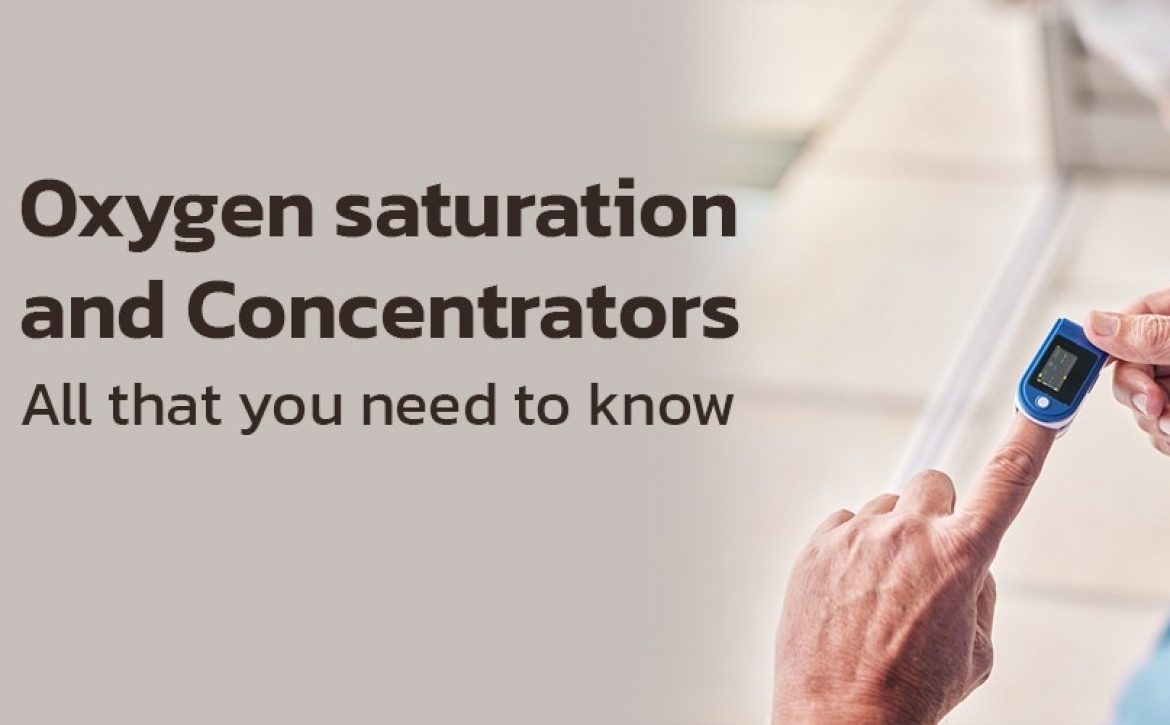This is how you can use your oxygen concentrator’s cannula to its best
Cannula
If you’re on oxygen therapy right now or have ever needed oxygen, it was almost certainly supplied using a nasal cannula. The rubber prongs and associated tubing that are placed into the nostrils and run along the side of the face and around the back of the head are referred to as a nasal cannula. The term “nasal prongs” is also used to describe them.
Although it may seem self-explanatory how to use a nasal cannula with oxygen therapy equipment, there are a few things you should know about this vital oxygen treatment accessory.
If you buy or rent an oxygen concentrator from American Medical, it will come with a nasal cannula and tubing, as well as all of the other accessories you’ll need to get started using it right away. Because the cannula does not come with instructions, you can use this article as a guide.
The nasal cannula, which you breathe through, is one of the most critical pieces of a portable oxygen concentrator. It’s most likely something you’ve seen and linked to oxygen therapy. But maybe you’ve never thought about what it’s called or how it works.
The nasal cannula is the most popular oxygen therapy method, according to specialists. Because of its compact size, it’s a popular choice for oxygen delivery because it’s less cumbersome and obtrusive than a full oxygen mask. So, let’s begin by asking the simplest of questions:
What exactly is a nasal cannula, and when do I require one?
The nasal cannula is a device that is used to deliver supplemental oxygen to people who require it. Two small prongs rest in your nostrils and lead to clear plastic tubing that tucks over your ears and connects below your chin, delivering oxygen. Your oxygen concentrator is then connected to a single tube.
The device is often used to give low-flow oxygen, however, there are times when high-flow nasal cannulas are required. Patients with COPD and other respiratory disorders are provided supplemental oxygen for both short- and long-term oxygen treatments.
This crucial little information presents another important question to us:
Exactly how does a Nasal Cannula work?
Nasal cannulas are compatible with oxygen concentrators with settings ranging from less than 1 LPM (litres per minute) to 6 LPM (litres per minute), which is the range in which most people require their dosage. Because nasal cannulas are not restricting, they are also excellent for persons who want to stay active and mobile.
The only time you might have an issue is if you require a greater dosage, you’re in too much pain, or you need to use oxygen treatment while sleeping and the cannula won’t stay in place because you toss and turn too much. A face mask would be a preferable choice in these situations.
Nasal Cannula Cleaning and Replacement
Once a week, give your nasal cannula a thorough cleaning. It doesn’t take long to give it a nice rinse and sanitation. Being in a dark and moist environment, bacteria will grow quickly inside the prongs, thus keeping it clean is essential. If you are sick, you should clean it after each use every day.
Clean it with a solution of clean water, gentle detergent and a little bit of vinegar. Make sure the solution gets swished around well inside the prongs, and rinse it out thoroughly under clean running water. Hang it up and let it dry completely before using it again.
Clean it using a mixture of clean water, mild detergent, and a pinch of vinegar. Make sure the fluid is properly swished about inside the prongs before rinsing it out under running water. Before using it again, hang it up to dry thoroughly.
Knowing how to properly care for your nasal cannula can not only extend its life but also ensure that your oxygen therapy is successful in the long run.
A nasal cannula will last roughly two months if kept clean during its usual lifespan. Once a month, you should replace your nasal cannula. The rubber will degrade and develop small cracks, which will host bacteria and mould, which you don’t want to breathe in. Replacement nasal cannulas are affordable and should be purchased in bulk to avoid running out.
Dryness and discomfort in the nasal passages are two problems you could encounter. This is prevalent in the winter and for those who need to utilise oxygen therapy for long periods of time or at a high level. A tiny humidifier bottle would be handy in this situation. Many of the more powerful concentrators come with a humidifier that can be used in conjunction with them.
Ask your doctor how often the parts of your oxygen therapy equipment should be cleaned and replaced.
Cleaning other parts of your oxygen concentrator, such as the oxygen filter, on a regular basis will have an impact on the operation of your nasal cannula.
The Takeaway
The nasal cannula is a little device that connects to your oxygen concentrator and is inserted into your nostrils. It is critical to your oxygen therapy since it delivers pure oxygen without being obtrusive or inconvenient.
You can ensure that your equipment operates properly for the rest of its life if you take adequate care of it. For cleaning advice, please consult your doctor and the manufacturer.




